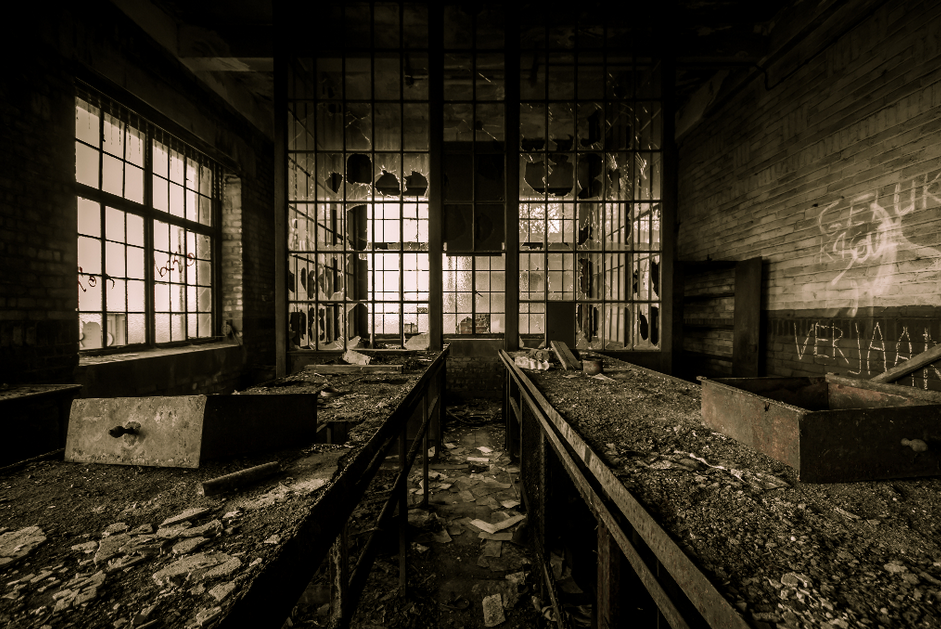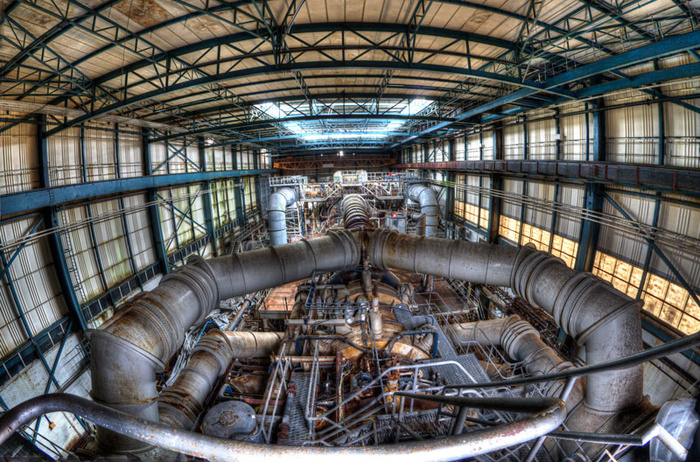

These additions of public space to the city and interpretive theories would seem to be positive achievements for the reconciliation between citizen and city, but another, and still graver, side of the story is the concurrent net loss in free and unserveilled access we have to public spaces since the terrorist attacks of 2001. The conceptual tools of urban theorists can help make sense of this landscape as well, from the political act of purposeless wandering of the dérive of the Situationists to using locative media for liberating acts of remapping the city and urban gameplay.

We are seeing the fruits of these trends in popular new hybrid spaces, notably the celebrated High Line in Chelsea or Concrete Plant Park in the Bronx, to name notable examples in New York alone. A reevaluation of the administration and role of public, semipublic, and private space now coincides with a resurgence of public and political interest in infrastructure. Parallel to this shift in value and meaning of the heroic era of architecture, and countering a strictly pessimistic reading, is an expansion of the criteria for spaces that can serve the public good. Those who infiltrate these sites comment on the kinds of quotidian urban experience the rest of us normally have. But whether they lean towards libertarianism or the pursuit of an atmospheric environment for creating art, urban explorers engage with the built environment on such an extraordinary level that they invite-or perhaps actually perform-critique on our relationship to postmodern urbanity. The intrepid people who explore the ruins of the relatively recent past-not just from the industrial era, but now an even more recent service/retail age that dominated American culture until the crash of the late 00s-do so for their own desire to forge a unique relationship with the largely invisible city strata. A few dedicated people defy the prohibitions against entering these spaces, creating an unsanctioned (and often illegal) practice of independent urban exploration and archaeology committed to investigating and documenting the largely unseen corners and vestiges of the city.Īs much as these sites are the byproducts of social, economic, and technological progress, they tie back to phenomena that fascinated people of an earlier era-the shattered agorae of antiquity or the stripped medieval abbeys that littered the English countryside.

Entire swaths of the built environment are off-limits to most people-sites of infrastructure, the remains of yesterday’s heavy industry, outmoded hospitals, dead shopping malls- representing the shadow side of urbanity.


 0 kommentar(er)
0 kommentar(er)
